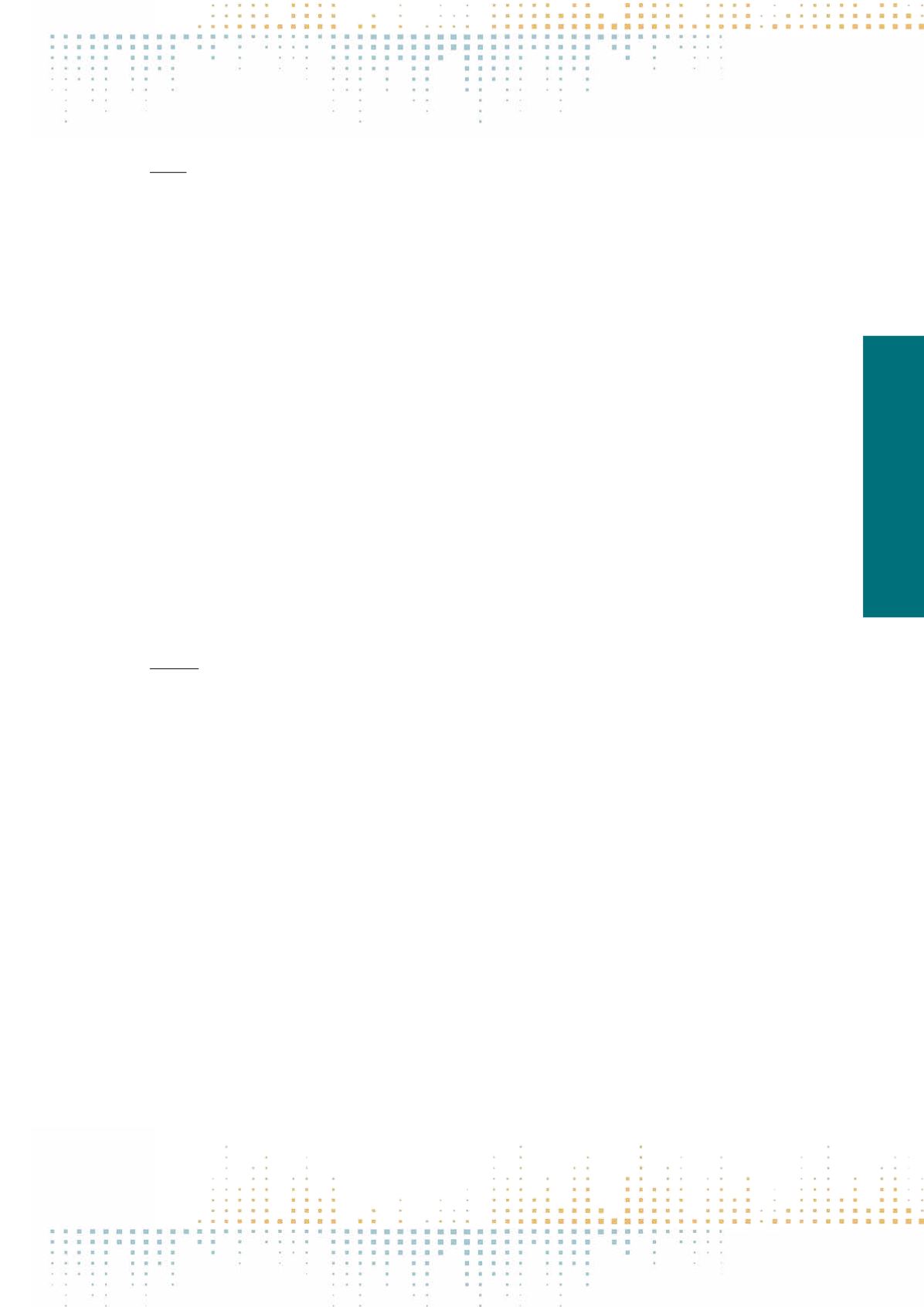

361
Thursday, November 10
1 1 : 0 0 – 1 2 : 3 0
PN 053
SEALDs: New Communication Tools of Young Japanese Political Activists
L. Kraus
1
1
The University of Tokyo, Graduate Schools for Law and Politics, Tokyo, Japan
This paper examines a new Japanese activist group and its tools of political communication. This is important because it adds a fresh look at recently un‑
common Japanese phenomenon of university students, participating in vocal public discourse about Japanese security policy, constitutionalism and liberal
democracy while using new ways of expression. Organized activism and various social movements played important role in the post-war Japanese history.
The labor movement (e.g. Sōhyō) and the peace movement along with mobilized women and student activists formed key elements of the “progressive”
drive of the 1950s. This culminated in enormous protests against the revision of the Treaty of Mutual Cooperation and Security between the US and Japan
(Anpo) in 1960 (Gordon 2009). Late 1960s also brought youth revolt, a collective reaction to the then rapid economic development (Oguma 2015). How‑
ever, since 1970s there has not been a visible large-scale citizen movement that would confront Japanese political establishment. It came with the events
of March 3, 2011 and the nuclear disaster in Fukushima, which became a trigger for anti-nuclear energy movement, reigniting Japanese activism. How‑
ever, it was only with the PM Shinzō Abe’s government’s security policy reforms, which brought new aspect to Japanese civil society. In December 2013,
the university students group called SASPL (Students Against Secret Protection Law) was established in order to protest against the new state secrets law.
In May 2015, key SASPL members formed another group, SEALDs (Students Emergency Action for Liberal Democracy) and started regular protests against
reinterpretation of the Article 9 of the Constitution and related new security bills, which remove restrictions and expand the role of the Self-Defense Forces’
activities overseas. Political activism of young university students in society, which rewards consensus and harmony, is a rare occurrence itself, but SEALDs
even brought new tools of communication aiming to attract their young peers, who have been long considered politically“apathetic”. In this paper, I show
how SEALDs' loose structure (lack of hierarchical organization without defined leadership), methods of participation (anyone can join/leave a protest at any
time without necessity to be part of the group), use of alternative media platforms (social networking service, video streaming channels, youth magazines),
and even fashion and hip hop music appealed to people that do not identify with stale aspects of Japanese political activism, and who would otherwise not
participate in public anti-government protests. Based on my fieldwork, including interviews with the activists and analyses of the media output, I argue
that these new methods and events organized by SEALDs (such as the so-called SALONs events) offer opportunity for engagement of Japanese youth while
giving socially disadvantaged citizens a platform to speak openly about their issues, for which they would be normally stigmatized. It is debatable though,
how transformative this new Japanese movement can be, given their rather conservative aim of protecting “liberal democracy and constitutionalism”
through abolishing the security legislation, not to mention its limited duration (SEALDs has recently announced that they will disband after the 2016 Upper
House election).
PN 054
Fairness and Neutrality in Japanese Journalism
M. Šturma
1
1
Charles University in Prague, Institut Komunikačních studií a žurnalistiky, Prague, Czech Republic
Neutrality and objective reporting as examples of professional norms that form the basis for autonomy are one of the defining dimensions of professional‑
ization, its degree and form, as proposed in the paradigm-changing study of Hallin and Mancini (2004).Their comparative analysis pointed out the possibil‑
ity of coexistence between highly developed professionalization and strong political parallelism. Consequently it problematized easy head-on application
of Western journalistic norms (exemplified in Kovach and Rosenstiel, 2003) beyond Western world, which inevitably leads to tension, if not to downright
absurdity (Hallin and Mancini, 2011), and it stressed once again the importance of conscientious de-westernization (Curran and Park, 2000). Stigmatiza‑
tion of the debate between East and West, over human rights issues among others, by the “satisfying purity of indignation” clearly shows the dilemma
of self-righteousness in application of other-worldly criteria. The self-righteousness is peculiar also to recent assertions of political power by the current
Abe administration vis-à-vis newspaper and television outlets. Such clashes acutely raise the question of applicable criteria. The Japanese equivalents for
the unbiased information and balanced reporting including impartiality (fuhen futō), objectivity (kyakkan hōdō) and neutrality (chūritsu) have their specif‑
ic meanings, and in order to properly comprehend the current situation the consideration of their usage is necessary. The changes in the frequency of usage
and contexts is symptomatic of important transformations of the journalistic profession and overall social climate.



















